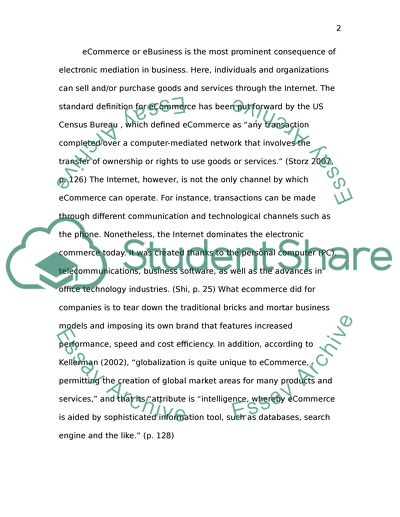Cite this document
(“E- Commerce Essay Example | Topics and Well Written Essays - 2000 words”, n.d.)
Retrieved from https://studentshare.org/environmental-studies/1410074-e-commerce
Retrieved from https://studentshare.org/environmental-studies/1410074-e-commerce
(E- Commerce Essay Example | Topics and Well Written Essays - 2000 Words)
https://studentshare.org/environmental-studies/1410074-e-commerce.
https://studentshare.org/environmental-studies/1410074-e-commerce.
“E- Commerce Essay Example | Topics and Well Written Essays - 2000 Words”, n.d. https://studentshare.org/environmental-studies/1410074-e-commerce.


